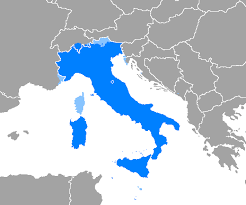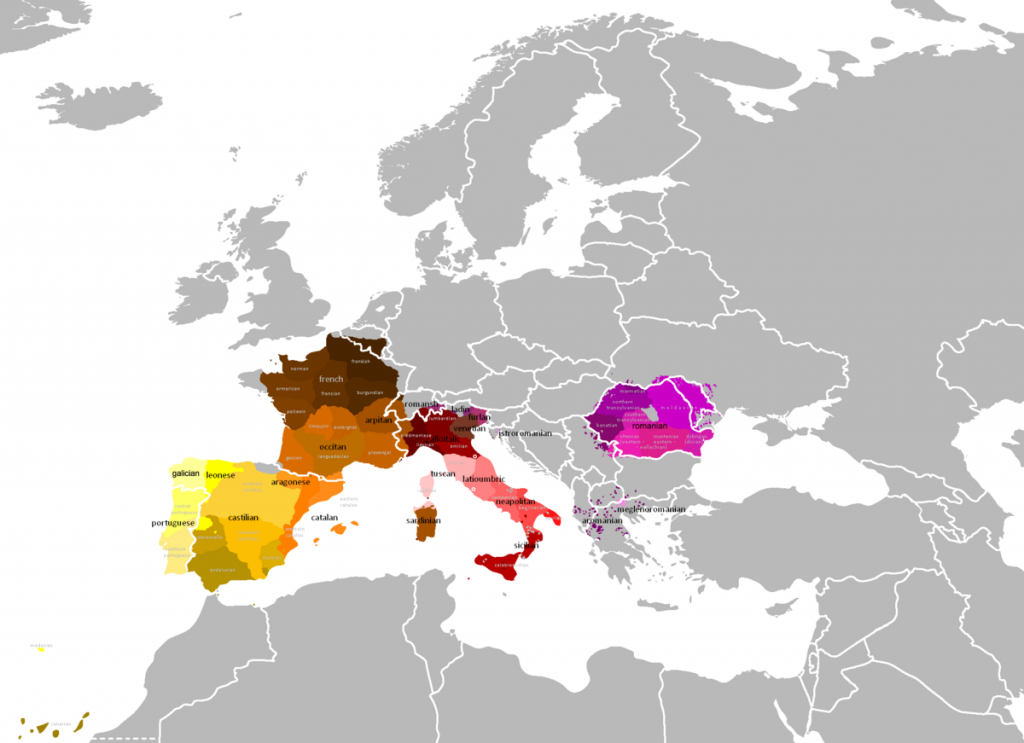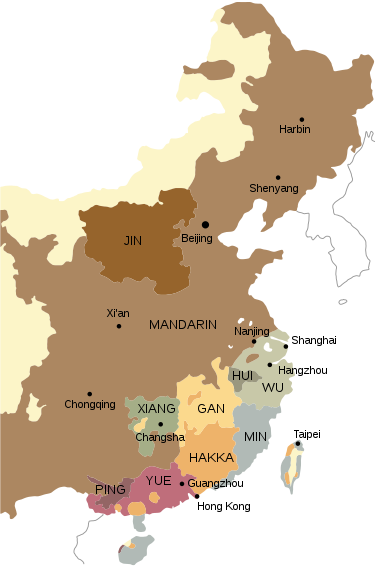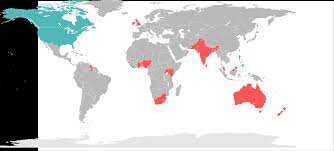LEARNING LANGUAGES FROM SCRATCH
Studying abroad, and even more so working in translation and in simultaneous interpreting, I’ve had the chance to learn a number of foreign languages. The one thing I am proud of is not how many of them I know, nor how native I sound in any language (I definitely don’t). What makes me feel I have something to share about language learning is that I had to work it out as an adult, starting from scratch.
Raised in a monolingual family in the suburbs of Milan, Italian was all I could hear around me. I studied English at school just like the next person, but with my family we never went on holiday outside Italy, because some of us had a condition preventing us from travelling by plane. Before turning 22, I had spent a grand total of 5-6 weeks in a non Italian-speaking environment (and some of that was in… Mallorca :D).

Then, it all changed when I landed an internship in Seville. Within just few weeks, I had brushed up my English, learnt conversational Spanish and even started uttering some Portuguese in social gatherings. Since then, I’ve had language learning on my mind every single day and – while starting at the very bottom of the multilingual spectrum – I’ve become increasingly quick and efficient in the process.
Finally, a couple of years ago, I set out to investigate the million-dollar question: what was the secret to all of this? Was there something specific I was doing that could be analysed and, possibly, replicated?
DIFFERENT APPROACHES TO LANGUAGE LEARNING
From my experience, there are three aspects of language learning that don’t receive nearly as much press as they should: language comparison, phonology, and input selection. On this blog we will focus on the former two, because they are more complicated to wrap one’s head around.
Input selection, for its part, is straightforward. When learning any language, you are faced with the choice of what content to read and listen to. Lest it be interesting to you. Lest it be just above your fluency level.
As for phonology, I had no idea of the impact it could have until a flatmate from the US illuminated me on that English has “sounds” that do not exist at all in Italian. I knew about the “h sound” that we don’t use in truly Italian words, but I had not paid much attention to it. I also remembered that the “th sound” was slightly different from what we have, but I saw it as a minor modification of the sound of the letter “t” in Italian.
These were just the tip of the iceberg. I was blown away when he explained that English has fifteen to twenty sounds for vowels, some of which are present in Italian, some of which are combinations of the ones we have, and some of which are different altogether.

No wonder, I thought, that we tend to sound so funny when we speak English. Why nobody told us that at school? Why not point out from the start those sounds that you just don’t find in Italian?
Phonology is important because you can learn a language much faster if you understand immediately what sounds exist in that language. You may be forced into a slower start, but the rate of progress will be off the charts.
LANGUAGE COMPARISON
We will get into the nuts and bolts of phonology in a coming series of articles. Let’s start with language comparison instead. What exactly does it mean to compare two languages?
One thing is clear: some languages are much more similar to each other than others. Since in the Italian school system we are encouraged to study Latin, many of us are aware that languages such as Italian, Spanish, French, and more, are descended from Latin. It is no surprise that it is drastically easier to learn one of these languages if you already know at least one other.

That is an almost self-evident case, but the more language aware among us know that it doesn’t end here. German, Dutch and English are also correlated, with varying degrees of similarity. Sure, English also includes many words that originally come from French, but this must not fool us. These three so called “West Germanic” languages clearly are part of a same bundle, just as all Romance languages are, as shown by their phonology, grammar, and common vocabulary.
Shifting our sights a bit, let’s look at the region known as Mainland China. You might think that only “Chinese” is spoken there, but you have to think again.
There is no such thing as “the” Chinese language, instead, a whole array of closely related languages are spoken in that part of the world. By just saying “Chinese”, one usually refers to the Mandarin Chinese language, which is the most widely spoken of them all, but that’s by no means the whole story.

You might still have heard of Cantonese, the one true runner up among the Chinese languages when it comes to popularity. Additionally, following geographical and cultural boundaries, people all over the region are speaking various other languages that are related to but different from Mandarin Chinese.
So, finally, how does this relationship thing apply to the various clusters of languages the world-round?
THE EVOLUTION OF LANGUAGES
Long story short, if two languages are similar today, it means that in the past they had even more in common. This is not always intuitive to grasp, but stay with me since this will be the focus of all upcoming points of discussion.
Comparing two or more languages at face value can give us a hint of what they do and don’t have in common, but understanding their historical evolution can tell us a whole lot more. Indeed, the most important concept we need to consider when it comes to comparing two or more languages is what we call “linguistic evolution”.
The core idea is simple: every language goes through a series of changes during any given stretch of time.
If you take several snapshots of the English language at different times, you will quickly spot such changes over time. That’s exactly what we call “evolution” of the language. This can involve many factors such as adjustments in pronounciation, influence from other languages, or even a subtle shift in the speakers’ use of certain words.
Contrasting the way the language looks today with the different ways it was spoken in the years 1900, 1700, 1500, and so on, the differences become increasingly weighty. That’s the main reason why reading literature written in the past can feel cumbersome, even in the case of a well-versed native speaker.
The natural process of language evolution is usually slow and gradual, but sometimes big scale events can have a huge impact on its unfolding. The two main varieties of English, namely American and British, sound quite different because of the cultural and societal division that took shape after the US Independence.

So when we look at English as a whole, we can say that between the years 800 CE and 1600 CE it underwent a certain evolution path. After this, we can no more speak of one single trajectory: American English went down its own way, and British English went down its own. Needless to say, that’s true for all other varieties of English as well (Australian, South African, Indian…).
FROM “VARIETIES” TO “LANGUAGES”
When it comes to different languages evolving from the same ancient language, the process looks exactly like what we have discussed in the previous paragraph.
Just take a language spoken by a certain population at a certain point in time. If for some reason the population splits into two or more subpopulations, and these become isolated from each other, with time the language will take different forms.
Again, American English and British English.
Bring this process forward and something funny starts happening: the variants of the language continue to evolve independently until the members of different subpopulations cannot understand each other anymore, at least not without a lot of effort.
Now think about Spanish, Portuguese, French, and Italian.
To this day, you can still see that the Romance languages have a lot in common. Indeed, they are the result of just one language, Latin, developing in quite different ways in different regions. But they are evidently different languages, because time and other factors went a long way to trasform each of them in their own peculiar terms.
It might be shocking enough to think that the process that gave rise to all Romance Languages is just the same process that made American English different from British English, just pushed a bit further. But that’s exactly it.
The first series of articles to be published here will revolve around this concept. We will delve into the rich and diverse language environment of the world, highlighting all this clusters of variants, dialects, modern languages, ancient languages and their different types of relationships.

Leave a Reply